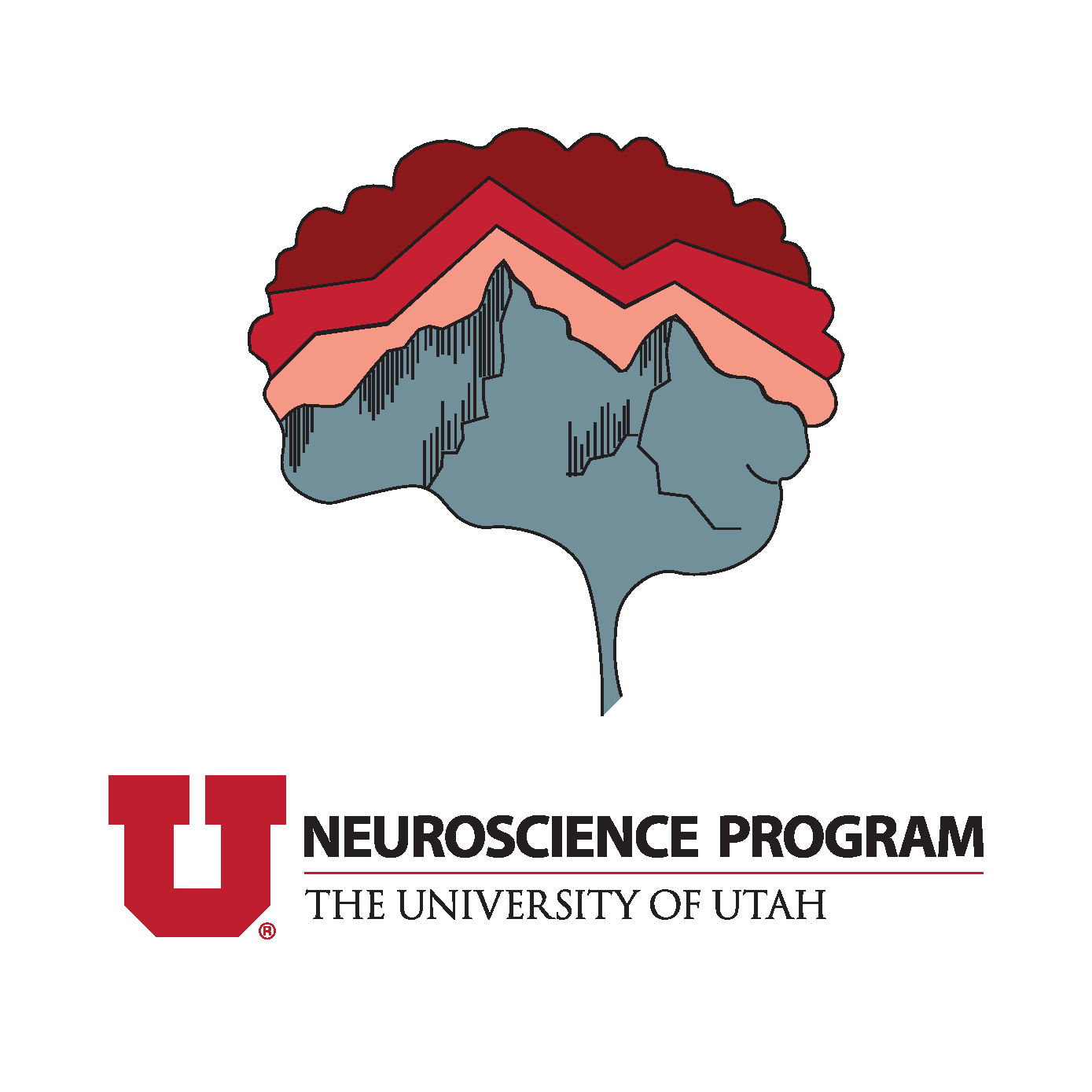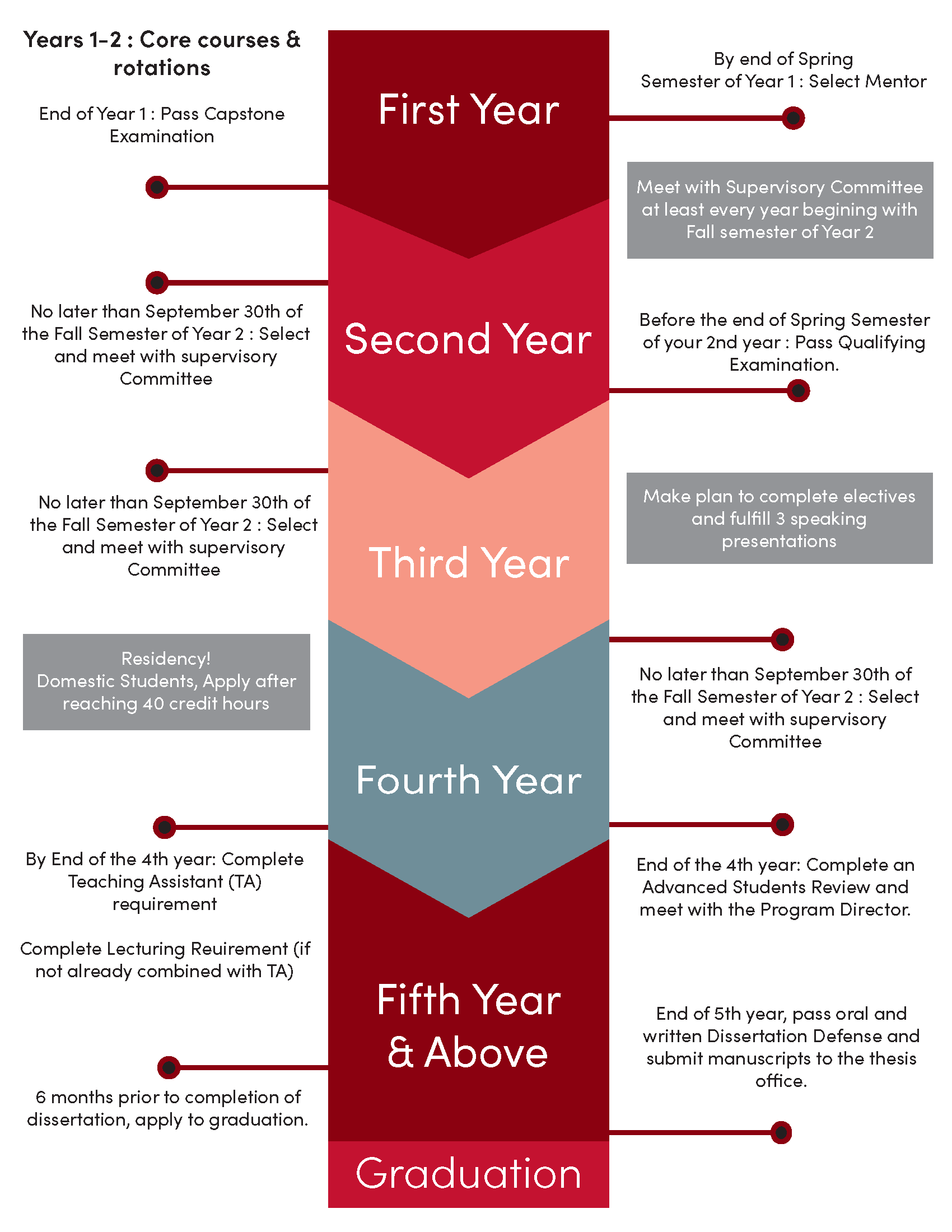ABOUT
THE PROGRAM
OUR GOAL:
The primary goal of the Neuroscience Program at Utah is to develop well-rounded scientists who are passionate about science and will become the next generation of leaders in our society.
The Neuroscience PhD Program at the University of Utah offers rigorous training through a combination of coursework, research training, mentoring, and professional development. More than 80 program faculty from 26 participating departments provide broad expertise from molecular and cellular neuroscience, to systems and cognitive neuroscience.
Students receive hands-on training and mentorship within a world-class research environment, collegial and collaborative mentorship and a vibrant research community. They have the unique opportunity to develop professionally through a variety of student leadership roles, such as organizing the Annual Snowbird Neuroscience Symposium and Neuroscience Program Speaker Series.
Other Resources
CORE CURRICULUM
Review the course work and curriculum of the Utah Neuroscience PhD programm.
POLICIES & PROCEDURES OF THE NEUROSCIENCE PROGRAM
Review the specific requirements and expectations of our PhD Program Grad students.
STUDENTS RIGHTS & RESPONSIBILITIES
Review the Univeristies policy 6-400 to learn about students rights and responsibilities.
Bioscience Ph.D. Program
The Bioscience PhD Programs are comprised of the Molecular Biology Program and Biological Chemistry Program. Each program is distinct in its core curriculum and requirements, yet the two programs overlap extensively within the scientific community at the University of Utah. Both have access to the same resources, which are designed to support collaborative, interdisciplinary science in multiple research emphasis areas.
Elizabeth Loertscher, Academic Program Manager
MSTP (MD-PhD) Program
The Medical Scientist Training Program (MSTP) is designed to provide an outstanding education for students who want to develop skills that will prepare them for a career as a physician scientist. Requiring about 7-9 years to complete, students develop clinical skills and engage in rigorous scientific training. Through our top medical program and exceptional graduate programs, students become well-prepared for careers as biomedical researchers and clinician scientists as they earn their MD-PhD.
Janet Bassett, Program Manager

 OUR GOAL:
OUR GOAL: